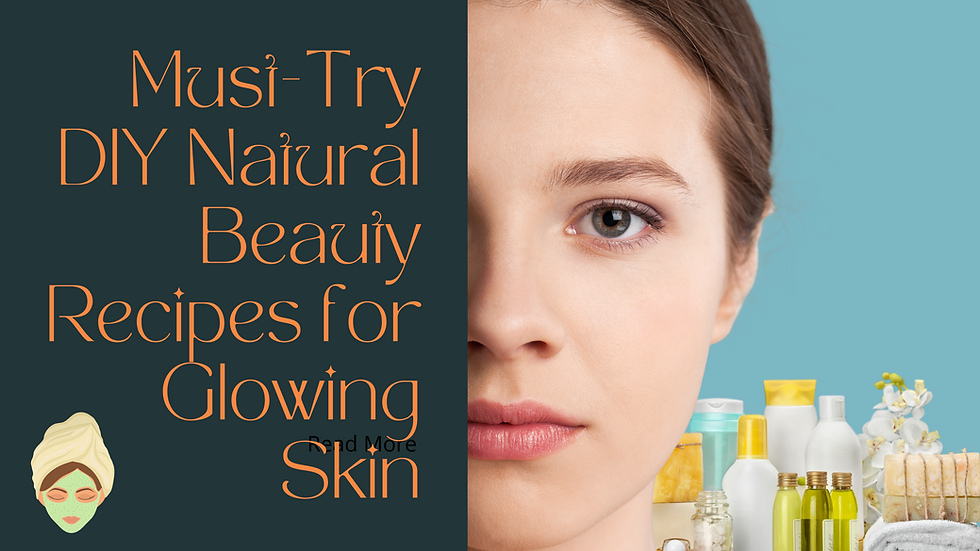The Rise of Herbal Perfumes: What to Know and How to Make One at Home
- Dr.Shanmuga Sundaram Anandan

- Jun 10
- 2 min read

In recent years, there has been a significant shift towards natural and organic products, and herbal perfumes are at the forefront of this trend. With growing awareness of the potential dangers of synthetic fragrances, many people are turning to herbal options that offer a more holistic and eco-friendly approach to scent.
know herbal perfumes and make one at home
Natural Ingredients: Herbal perfumes are typically made from essential oils, botanical extracts, and other natural ingredients, making them a healthier alternative to synthetic fragrances.
Personalization: Creating your own herbal perfume allows for customization, enabling you to blend scents that resonate with your personal taste and body chemistry.
Environmental Impact: By choosing herbal perfumes, consumers often support sustainable practices and reduce their carbon footprint, as these products are often sourced from renewable resources.
Skin Sensitivity: Herbal perfumes are generally gentler on the skin, making them suitable for those with sensitivities or allergies to synthetic compounds.
Make a Herbal Perfume at Home
know herbal perfumes and make one at home is a rewarding and creative process. Here’s a simple guide to get you started:
Ingredients
Essential oils of your choice (e.g., lavender, rosemary, peppermint)
Carrier oil (e.g., jojoba oil, sweet almond oil)
Alcohol (e.g., vodka or perfumer’s alcohol)
A small glass bottle or rollerball container
Instructions
Select Your Scents: Choose 2-4 essential oils that you enjoy. Consider how they blend together.
Mix Essential Oils: In a small glass container, combine your chosen essential oils. Start with a few drops of each and adjust according to your preference.
Add Carrier Oil: Fill the rest of the container with your carrier oil. This will dilute the essential oils and make them safe for skin application.
Add Alcohol: If desired, add a small amount of alcohol to enhance the scent and longevity of the perfume.
Shake and Rest: Shake the mixture well and let it sit for 48 hours to a week to allow the scents to meld.
Test and Adjust: After resting, test your perfume. You can adjust the scent by adding more essential oils if necessary.
Conclusion
The rise of herbal perfumes reflects a growing desire for natural, personalized, and eco-friendly products. By making your own herbal perfume at home, you can enjoy a unique scent that aligns with your values and preferences.






.png)



Comments